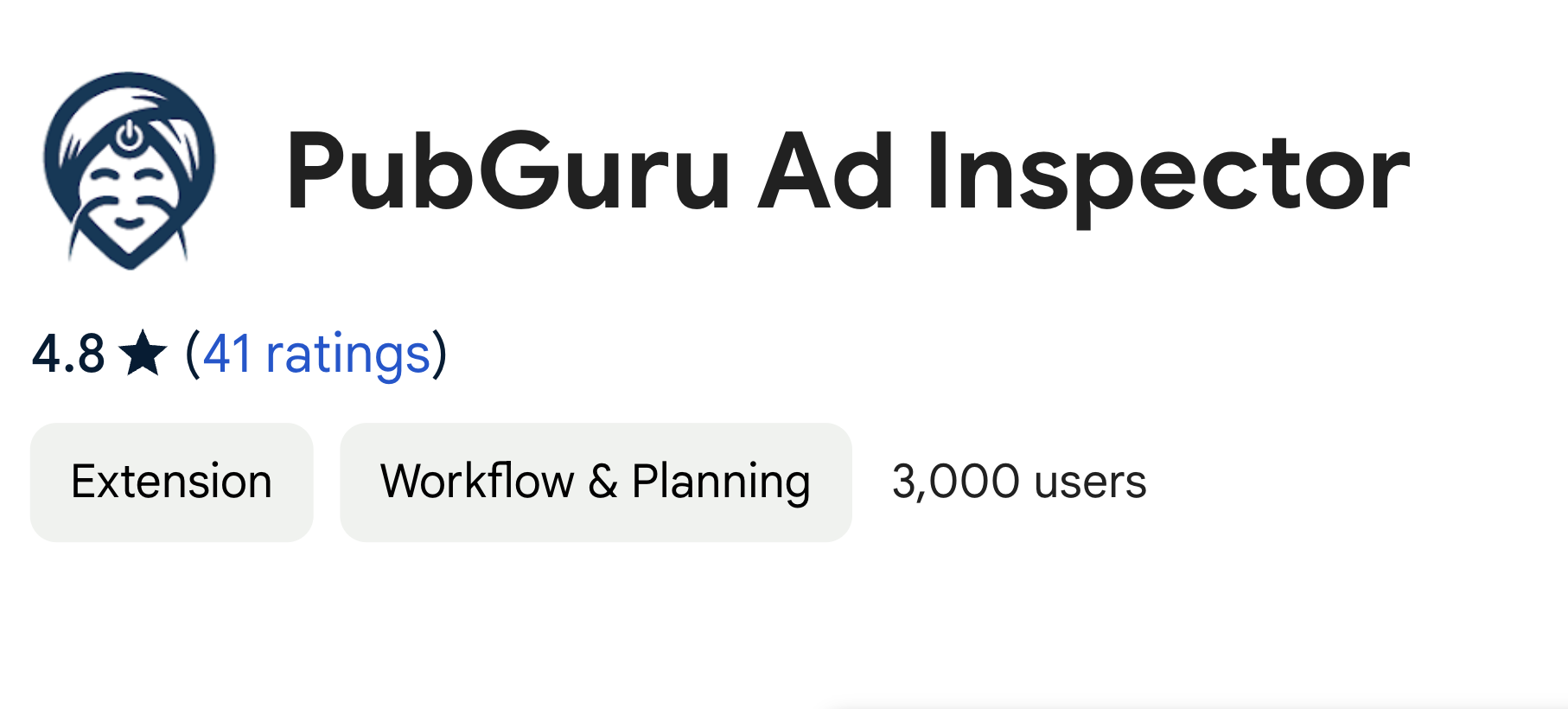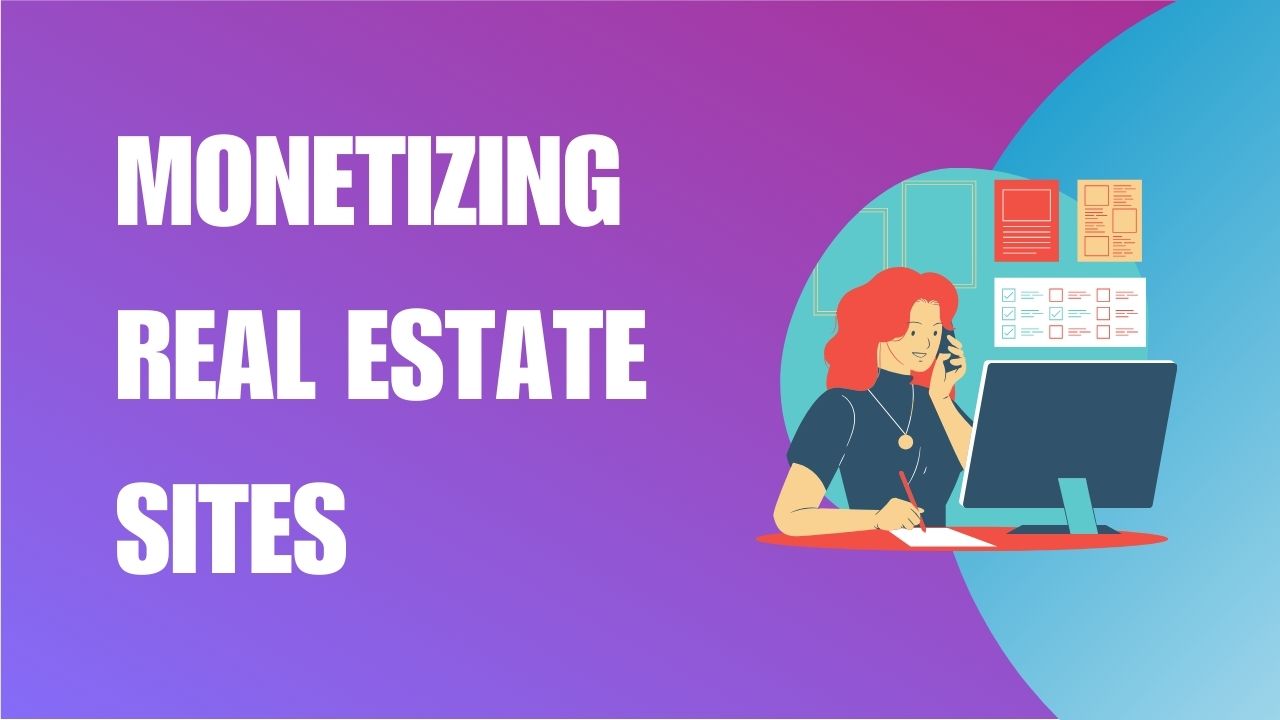
Video header bidding is an advanced programmatic advertising technique that enables publishers to offer their video ad inventory to multiple ad exchanges simultaneously, before making calls to their ad servers. This process is designed to increase competition for the inventory, potentially leading to higher revenues for publishers. It contrasts with the traditional waterfall method, where inventory is offered to buyers in a sequential order.
Before Video Heading Bidding, the preferred auction technique to optimize ad inventory was the waterfall method. Publishers used the waterfall approach to manage their exchange partners serving them in order of highest to lowest priority. In addition, it makes the publisher work with partners to earn more money.
Unfortunately, this strategy is not effective when it comes to increasing ad revenue. There will be yield risk as the publisher’s earnings are based on the assumption of what the impression was worth, but not the actual value that it could have been worth. This means that you can’t get the value of impression-level bidding if your ad server thinks every impression does not work the same thing. Another thing is fill risk. Calling a partner that can’t fill an impression is a major issue so it needs a lot of manual effort, supposedly an automated marketplace. So all of these issues had a domino effect for the publishers as they experienced operation pain due to fill risk and the reason for this was because of yield risk.
Find out more about header bidding here:
https://www.monetizemore.com/blog/what-is-header-bidding-guide/
Video Header Bidding is a unique technique specifically designed to work more effectively on video inventory. Previously, publishers would rely on waterfall or fallback setups, so they would run multiple VAST or Video ad-serving template ads. This can be a faulty concept because in the world of VAST these wrappers incorrectly return the ad that is serving, then the ad would actually return an auction running inside an ad. The action will basically fail and the result is no video ad’s running.
With Video Header Bidding, the concept is the same as header bidding in display but the implementation is different because it’s another JS code. This technology works with both in-stream and out-stream, plus in-feed and native video formats as well. This strategy opens up publishers’ video inventory to multiple demand sources simultaneously and the auction is actually happening in real-time in the browser. So, we’re getting all these different advertisers to submit their bids and getting the top bids. The auction happens in the wrapper of the web page. Once finalized it goes to the VAST URL from the winning bid to the video player.
The header bidding wrapper will:
-Invoke all configured bidders
– waits for the bids to come till the maximum wait time hits
– selects the highest bid.
When it comes to the publisher ad server, the highest bid is fed in along with targeting keys which will develop a wrapper line item on the ad server. The ad server checks all eligible line items before the final selection. Selection is made depending on the configured price and priority among the line items.
Upon selection of the wrapper line item, the creative associated with the wrapper’s bid will be used.
Display and video header bidding differ primarily in how they are integrated. Display is comparatively easier when you look into the mechanics of the wrapper sending the bid to the ad server & serving that ad. When it comes to video, it gets a bit convoluted when using the client-side wrapper and Javascript to connect the header bidding wrapper to the video player
There are two methods of implementation:
Client-Side – Once the SSP/AdExchange is called by the header bidding wrapper then the ad requests’ multiple demand partners initiate bidding for video ads. Once the wrapper evaluates the bids, it will select and forward the highest winning bid to the ad server. Then send the video ad to the video player. With Prebid client-side (CS) integrations, we see strong CPM and fill rates for new implementations in particular.
Server Side – All video ad calls are running in a simultaneous auction that sends the ad request to multiple demand sources. Technically, the server-to-server concept accepts the bids and holds the auction. The main goal is to find the highest bids and the server sends the video ad to the player. This method improves user experience because it reduces page load time and latency issues.
Client-side and server-side integrations come with their own bundle of advantages and challenges. Both methods are almost the same, the only difference is in how the ad requests are managed.
Follow this guide on how you can set up video header bidding with our tech: https://www.monetizemore.com/blog/how-to-video-header-bidding-with-pubguru/
The trend towards video header bidding is being driven by both publishers and advertisers seeking to optimize their operations and financial outcomes. Publishers are increasingly recognizing the potential for higher ad revenues through the competitive bidding process that video header bidding facilitates. This process contrasts sharply with traditional methods, which often do not maximize revenue potential due to their sequential nature.
Advertisers, on the other hand, are drawn to the transparency and efficiency that video header bidding offers. They can see more clearly where their ads will be placed and have a better understanding of the value they are getting for their investment. This transparency leads to more strategic ad spending and, potentially, better returns on investment.
Latency has been a significant concern in the early days of video header bidding, as the process could slow down the loading of video content, leading to a poor user experience. However, recent technological advancements have begun to mitigate these issues. Improved algorithms for bid request processing, faster server responses, and more efficient video player integrations are all contributing to reduced latency times.
These improvements mean that publishers can implement video header bidding without as much concern for negatively impacting the viewer’s experience. As a result, more publishers are willing to adopt this approach, further fueling its growth in the market.
The rise of Connected TV (CTV) and Over-The-Top (OTT) platforms represents a significant shift in how audiences consume video content. This shift has opened up new opportunities for video header bidding. CTV and OTT environments are particularly attractive for advertisers due to their growing audiences and the ability to target viewers more precisely than traditional TV advertising.
Video header bidding allows for real-time bidding on advertising slots in CTV and OTT content, making ad placement more dynamic and efficient. For publishers, this means the ability to monetize their content more effectively. For advertisers, it offers a way to reach specific audiences in a highly competitive environment. The expansion of video header bidding into these platforms is still in its early stages, but the growth potential is significant.
Video header bidding represents a significant evolution in the way video ad inventory is bought and sold. Despite the challenges, its benefits of increased revenue, transparency, and efficiency make it an attractive option for publishers. As technology continues to advance, we can expect wider adoption and further innovation in the space.
Incorporating multiple header-bidding integrations allows for more control and a smooth user experience. The result is more competition during real-time bidding and more ad revenue for publishers.
Simply put, you can achieve an incremental increase in ad revenue with video header bidding.
Our AdOps professionals can help you implement video header bidding if you Sign up to MonetizeMore today to get started!

With over seven years at the forefront of programmatic advertising, Aleesha is a renowned Ad-Tech expert, blending innovative strategies with cutting-edge technology. Her insights have reshaped programmatic advertising, leading to groundbreaking campaigns and 10X ROI increases for publishers and global brands. She believes in setting new standards in dynamic ad targeting and optimization.

Paid to Publishers
Ad Requests Monthly
Happy Publishers



10X your ad revenue with our award-winning solutions.